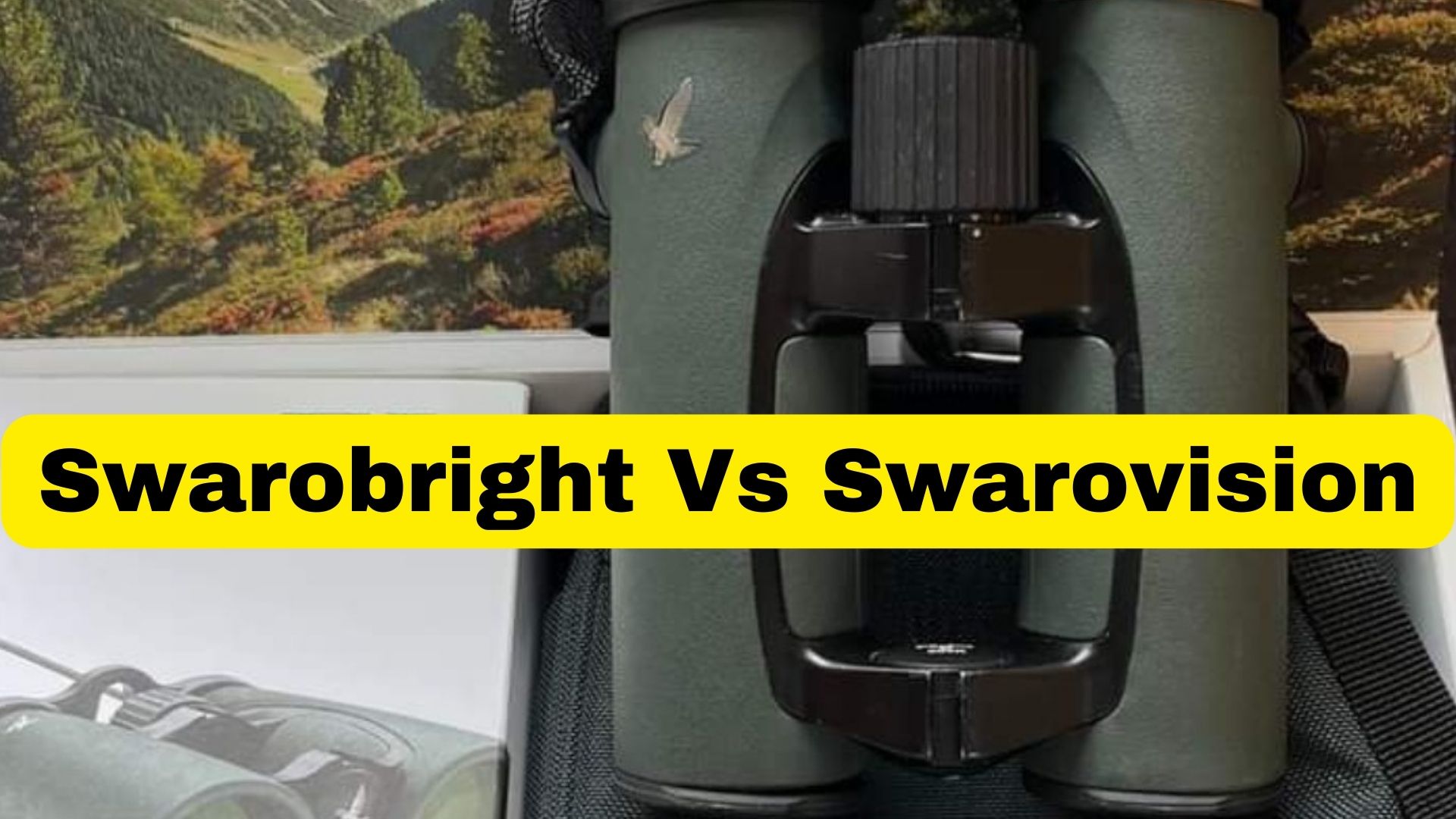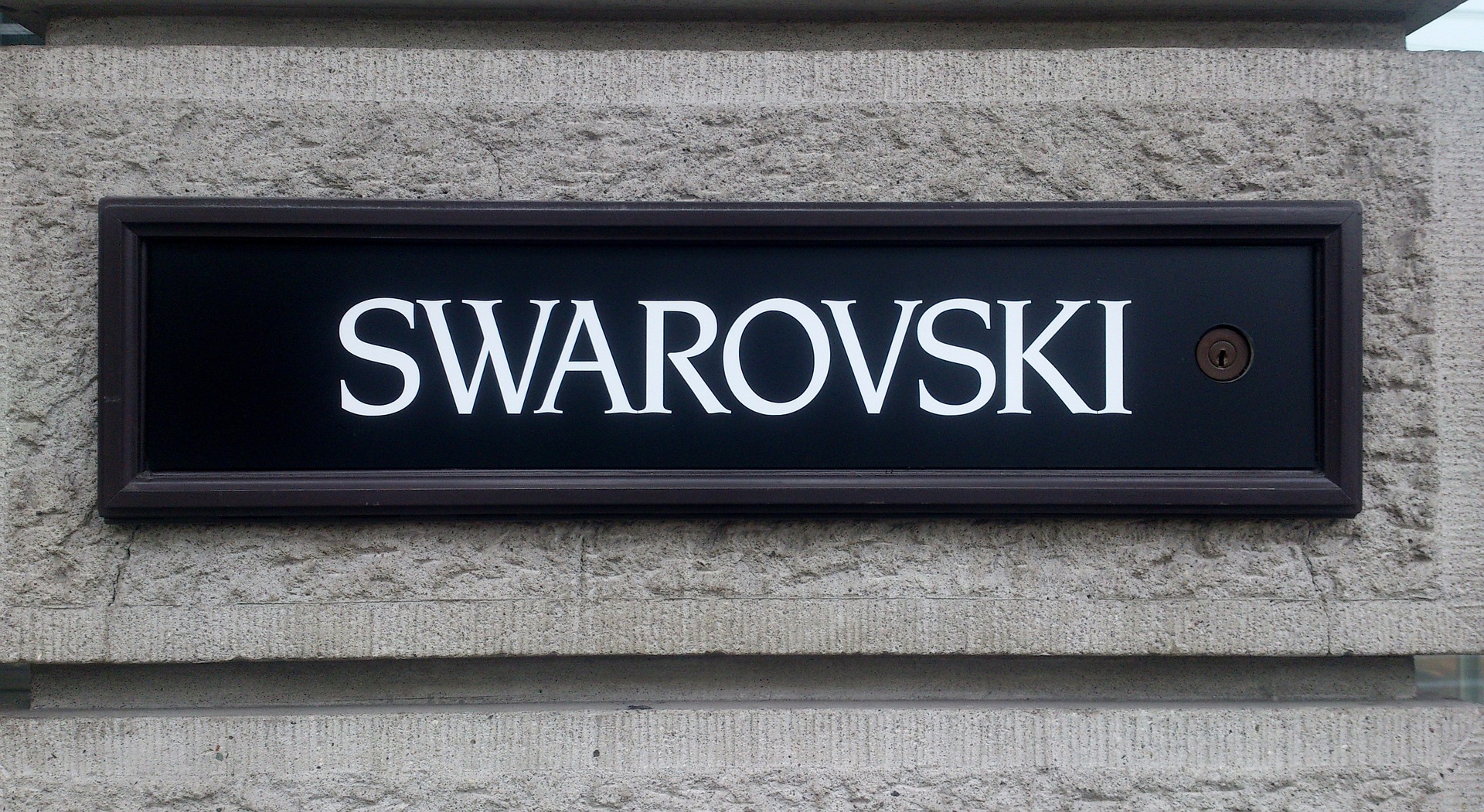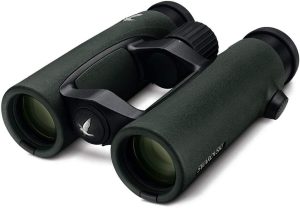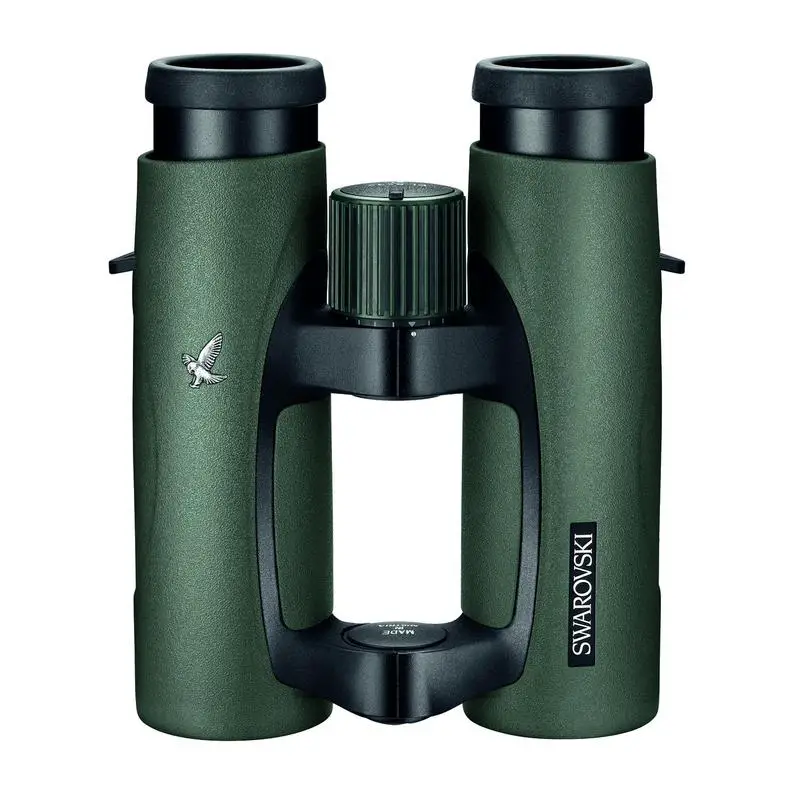Swarobright vs. Swarovision: Unraveling the Mystery

Swarovski Optik is a renowned name in the world of premium binoculars, known for its cutting-edge technology and exceptional optical performance.
Over the years, they have introduced several innovative features, including Swarobright and Swarovision, both of which have contributed to enhancing the user experience.
In this article, we will delve into the key differences between Swarobright and Swarovision and shed light on their significance in the realm of high-quality binoculars.
Swarobright
"Swarobright" is a term used by Swarovski to refer to its proprietary dielectric prism coatings used in their binoculars, including both Swarovision and the older EL models.
These coatings play a crucial role in improving light transmission and color fidelity in all models that incorporate them.
By optimizing light throughput, Swarobright-coated binoculars deliver brighter and clearer images, making them ideal for low-light conditions and ensuring exceptional color accuracy.
Swarovision
Swarovision represents a leap forward in optical engineering, as it incorporates a revolutionary field flattener lens incorporated in newer EL series binoculars.
This sophisticated lens corrects linear distortion, providing significantly enhanced resolution at the field edge.
Unlike most binoculars that exhibit a noticeable drop in image quality from the center to the edge of the field of view, Swarovision ensures that users experience the same top-notch image quality throughout their entire viewing area.

Differences between Swarobright and Swarovision:
The primary difference between Swarobright and Swarovision lies in the optical design.
Swarobright is a coating that improves light transmission and color fidelity in all models that use it, including the EL series.
Swarovision, on the other hand, is included in a specific line of newer model Swarovski binoculars that includes the field flattener lens for edge-to-edge sharpness.
The Rolling Ball Effect
When we tested the Swarovision models, we noticed an optical phenomenon known as the "rolling ball" or "globe" effect.
This effect is most noticeable during panning, creating a sensation that the view is spinning over a curved surface.
While this can be bothersome to some users, it is essential to emphasize that the rolling ball effect is not apparent during static viewing. Consequently, opinions on its significance may vary from one user to another.
Image Quality Showdown:
The heart of the Swarobright vs. Swarovision debate lies in image quality.
Swarovision's field flattener lens indeed extends the "sweet spot" of image clarity from the center to the field edge, providing unparalleled resolution.
However, the original EL series has long been revered for its exceptional image quality, which, for many, still remains unparalleled in the world of binoculars.
Price Considerations:
Swarovision binoculars tend to be priced higher due to the addition of advanced optical technology.
On the other hand, the older EL series with Swarobright coatings may be available at a more affordable cost, especially when purchased second-hand.
For those on a budget, the EL Swarobright still offers a fantastic optical experience without breaking the bank.
Swarobright vs Non-Swarobright binoculars
Swarobright is the proprietary name given by Swarovski to the coatings used on their roof prism binoculars as discussed above
The introduction of Swarobright coatings was around 1999, featuring di-electric coatings on the prisms, which significantly improved light transmission and color reproduction. This advancement resulted in a brighter image compared to binoculars without Swarobright coatings.
Before the introduction of dielectric coatings, many binoculars used silver or aluminized coatings on their prisms, which were less bright. These older coatings often exhibited a yellow color caste in the view.
In the case of a specific comparison between a Swarobright binocular and a non-Swarobright binocular, the Swarobright-coated binocular is likely to have a slight advantage in brightness, clearness, clarity, sharpness, and resolution.
Swarobright coatings were designed to optimize optical performance, offering enhanced image quality and color accuracy.
However, the age and condition of the non-Swarobright binocular can also play a role in its performance. Factors like maintenance, use, and storage can impact the brightness and overall image quality of any binocular, regardless of its coatings.
Considering the improvements brought about by Swarobright coatings, it may be worth paying a premium for a binocular with these advanced coatings, especially if optical performance is a priority for you.
Swaroclean™: Another Great Feature Of Swarovski Binoculars
Swaroclean™ is a proprietary coating developed by Swarovski for their high-quality binoculars. This special non-stick coating is applied to the external surfaces of the binoculars.
The Swaroclean coating repels dust, water droplets, and fingerprints, making it incredibly easy to keep the lenses clean and clear.
The coating also provides scratch resistance, safeguarding the lenses from minor abrasions.
What Should I Choose: Swarovski Swarovision or the Older Swarobright
The newer binoculars from Swarovski are called “Swarovision,” and they typically come with a higher price tag of over $2,000 per pair.
On the other hand, you may find the older “Swarobright” models available online as used units for around $1,200 to $1,500.
Now, the question arises whether there are any significant differences between these two models and whether the EL Swarobrights are as good as the newer Swarovisions.
As discussed above,
Firstly, it’s important to note that both Swarovision and Swarobright binoculars are exceptional in terms of optical quality and performance.
Swarovski is known for producing top-notch optics, and both of these series are no exception. However, there are indeed some notable differences between them.
Swarovision binoculars incorporate the latest advancements in optical technology. They feature fluoride-containing lenses and field flattener lenses, which contribute to exceptional color fidelity, image sharpness, and clarity across the entire field of view.
The Swarovision models also boast enhanced light transmission, resulting in brighter images, especially in low-light conditions.
A potential downside that some users may encounter while using the SwaroVISION ELs, is the “rolling ball” effect when scanning from side to side. While this aspect may be perceived as annoying by some individuals, others do not find it to be a significant issue.
Now;
Swarobright binoculars, although exceptional in their own right, may not have all the cutting-edge features of the Swarovision series.
The coatings on the prisms might differ, and while they provide excellent performance, they might not match the level of brightness and color accuracy achieved by Swarovision binoculars.
As for comparing the EL Swarobrights to the newer Swarovision models, it’s important to consider that the EL series is known for its ergonomic design, comfort, and reliable mechanics.
Optically, EL Swarobrights are still outstanding and will provide exceptional views.
If you prioritize the latest optical advancements and improved brightness, then the Swarovision series would be worth the investment.
However, if you are content with slightly older technology and find a well-maintained pair of Swarobright binoculars at a more budget-friendly price, they can still provide you with an exceptional viewing experience.
In any case, both Swarovision and EL Swarobright binoculars are among the best in the market and will likely meet the needs of even the most discerning users.
Swarovski EL Binoculars With Swarovision

- This item includes Swarovski optic EL 8 5x42 binocular - field bag - Eyepiece cover - Objective Lens cover - lift...
- Magnification 8 5x
- Effective objective lens diameter 42mm
Last update on 2025-03-17


